BBC Countryfile Magazine exists to explore the countryside with its readers, so the recent lockdown has been a particular challenge.
We’ve had to find ways to make the features relevant at a time when none of us has been allowed to travel. And we know our readers have also found the loss of freedom to travel and enjoy this most beautiful of springs very hard, especially those living in a city.
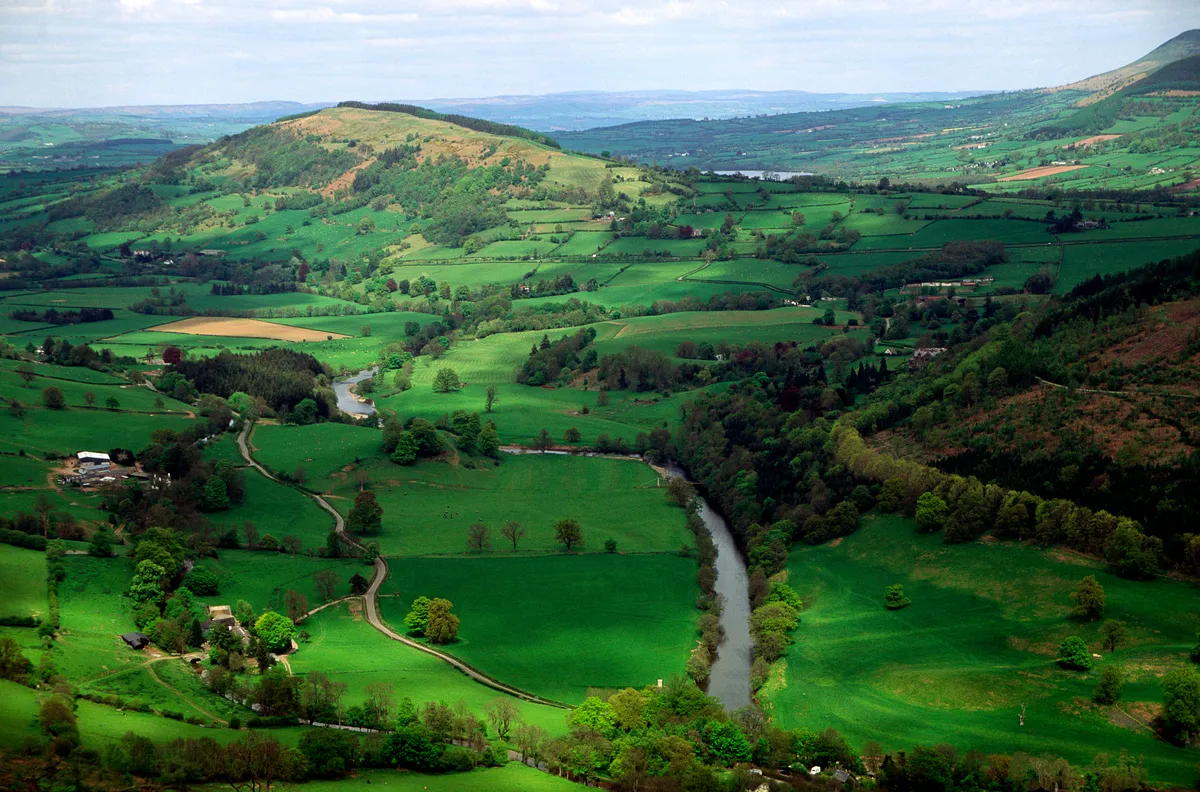
As a team, we’re all passionate about the great outdoors, wildlife, beautiful landscapes, the enchanting villages and historic sites that make every day out an adventure. But, like you, we’ve been forced to focus our attention on our local streets and green areas for months at a time. It’s been hard. But it has also been a revelation: all of us have made discoveries within 10 minutes of our homes. We’ve been able to spend time noticing the small things, watching the season unfurl and finding breathing space at a difficult time.
We hope you enjoy – and are inspired by – the following mini-stories. And we hope that when the threat of Covid-19 recedes, we all remember the importance of green spaces, wildlife and the wonder of our landscapes for our mental and physical wellbeing.
Buttercup bliss, Bristol
Carys Matthews, countryfile.com digital editor
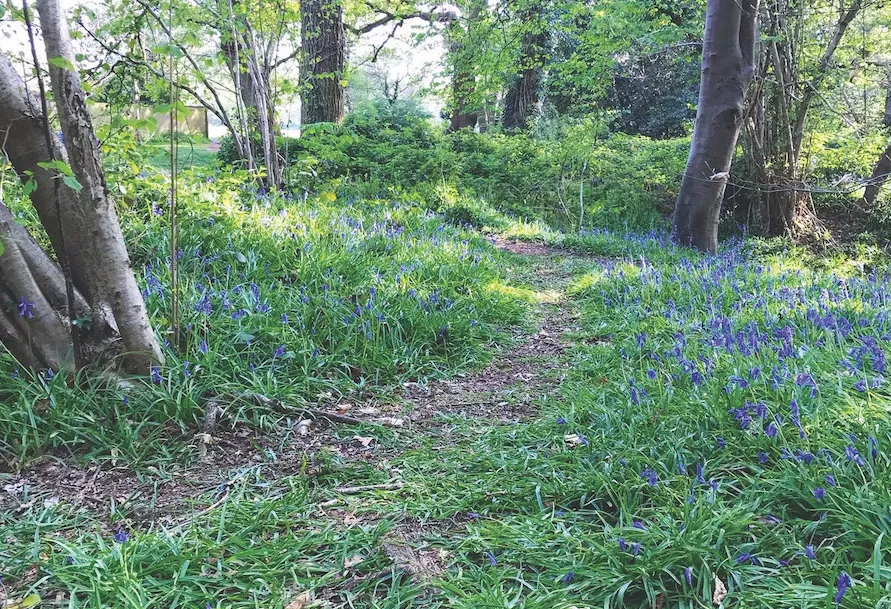
At the start of lockdown the landscape still felt wintry, and it was very muddy underfoot on my local running route in Bristol’s Stoke Park. Despite sitting on the edge of the M32, this beautiful park is an urban wildlife gem, with the lower meadows and ponds attracting butterflies, dragonflies and damselflies. At the top of the park sits Purdown Tower, where I enjoy pausing mid-run to appreciate one of the best views of the surrounding countryside.
My favourite running route connects several of East Bristol’s green spaces and I never tire of running through leafy Oldbury Court and along the River Frome in Snuffmills towards the lush meadows of Frenchay Moor. In the last two and a half months, the seasons have changed and in recent weeks I’ve heard more birdsong than ever before, foraged for wild garlic and paused to appreciate the view across a buttercup-filled meadow that I never knew even existed. Enjoying these little moments in nature has been a calming tonic during this strange time.
The enchanted wood, Bristol
Maria Hodson, production editor
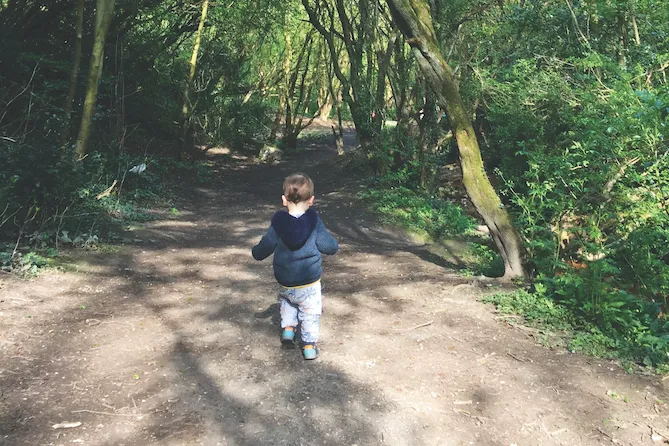
From our small house in Easton, Bristol, I navigate my son’s buggy along deserted streets. Our typical outing of playground and café belongs to another life. Instead, we walk along the local bike path and veer off past green rugby fields blooming with daisies, buttercups and dandelions.
A thicket of trees appears ahead, with a small gap in the railings. The gravel path descends to Coombe Brook Valley – a shady woodland of hazel, oak and sycamore, where a stream burbles between banks blooming with wild garlic. Much to my toddler’s delight, a small wooden bridge crosses the brook. We pick up twigs and lob them into the water below. The trunk of a fallen tree becomes a picnic bench; its long limbs a climbing frame. As we wander the paths, my son points out pine cones, yellow catkins, a tortoiseshell butterfly and the deep coos of a wood pigeon. He stomps through mud and studiously inspects sticks. We now call this modest reserve “the enchanted wood”, as it appeared just when we most needed nature’s magic.
Water vole sighting, Swindon
Hilary Clothier, picture editor
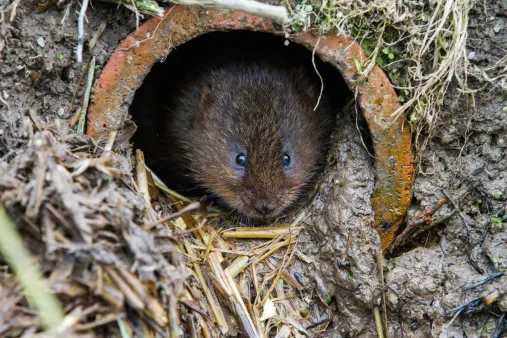
Being on lockdown in a town on the doorstep of the closed Wiltshire countryside has been frustrating – however, I’ve found some local gems that I can quietly visit first thing in the morning to enjoy the flora and fauna at its best. The warm sunshine and lack of footfall seems to have allowed the local wildlife to rediscover its home environment without interruption and really work up some spring fever.
One early morning I was walking along the Wilts and Berks Canal path watching robins whizz in and out of the hedgerow when I spotted a water vole casually sitting on the bankside by its burrow. Keeping my distance, I tried very quietly to take its photograph, but sadly it spotted me and scurried away before I could capture the image (so we have used a library shot instead). That was the first time I’d seen a water vole so close and I felt very privileged to have shared its morning moment. It was certainly a wonderful experience I won’t forget, and a good memory to take away from these difficult times.
Minnow rescue, Abergavenny
Fergus Collins, editor
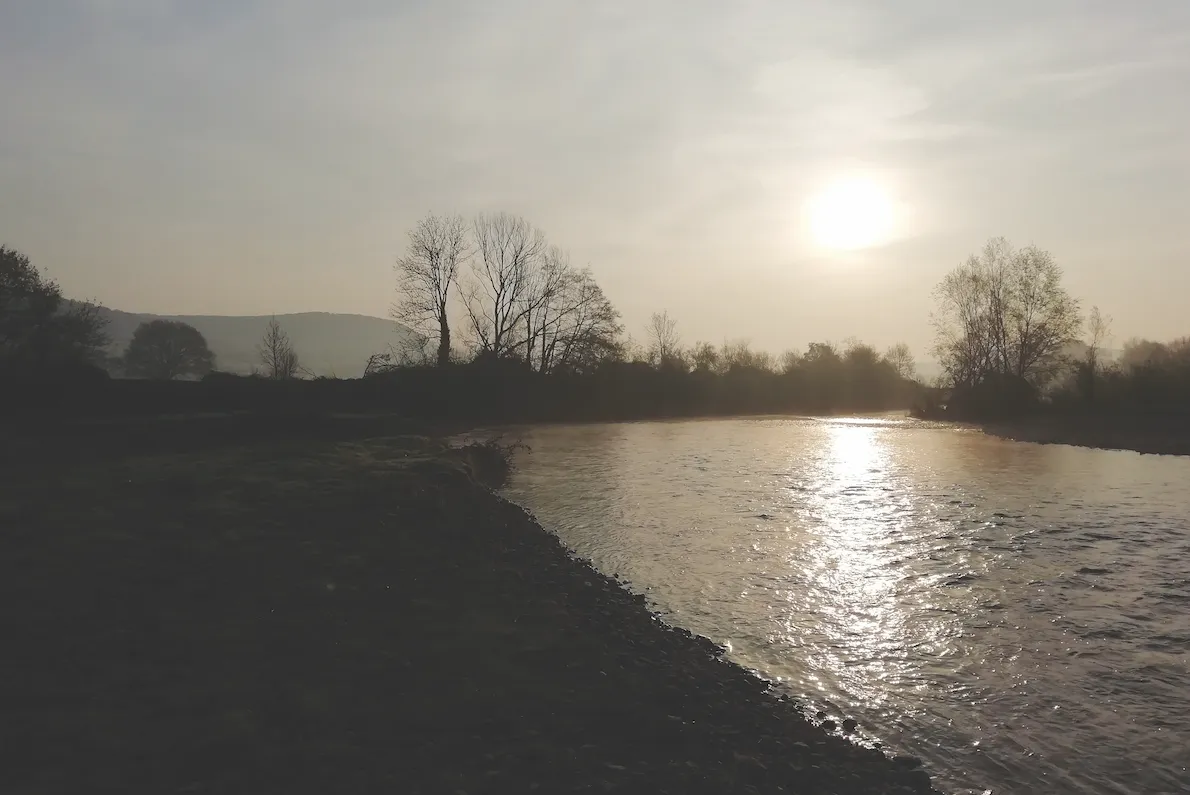
The biggest discovery of the recent weeks has been understanding the importance of taking a second look. Local lanes and footpaths I’ve normally dismissed as rather mundane have thrown up a number of amazing surprises as I’ve had the time to see the changing of the season and notice small things. For example, a dark unpromising roadside pond that I’d always dismissed as a polluted hole turned out to have a shoal of shimmering fish. And so did the ditches along the lane. Thousands of fish that had become trapped after the recent floods – some of them quite sizeable. My son and I indulged in hours of pond dipping that rekindled a childhood hunting fever that I long thought buried.
As the weather warmed, the water began to dry out, so we launched a rescue mission and returned hundreds of chub and minnows to the nearby river before they all suffocated.
You cannot overestimate the lucky-dip joys of pond-dipping. Invest in a good net (try nhbs.com) and look after what you catch.
The quiet quarry, Somerset
Joe Pontin, features editor
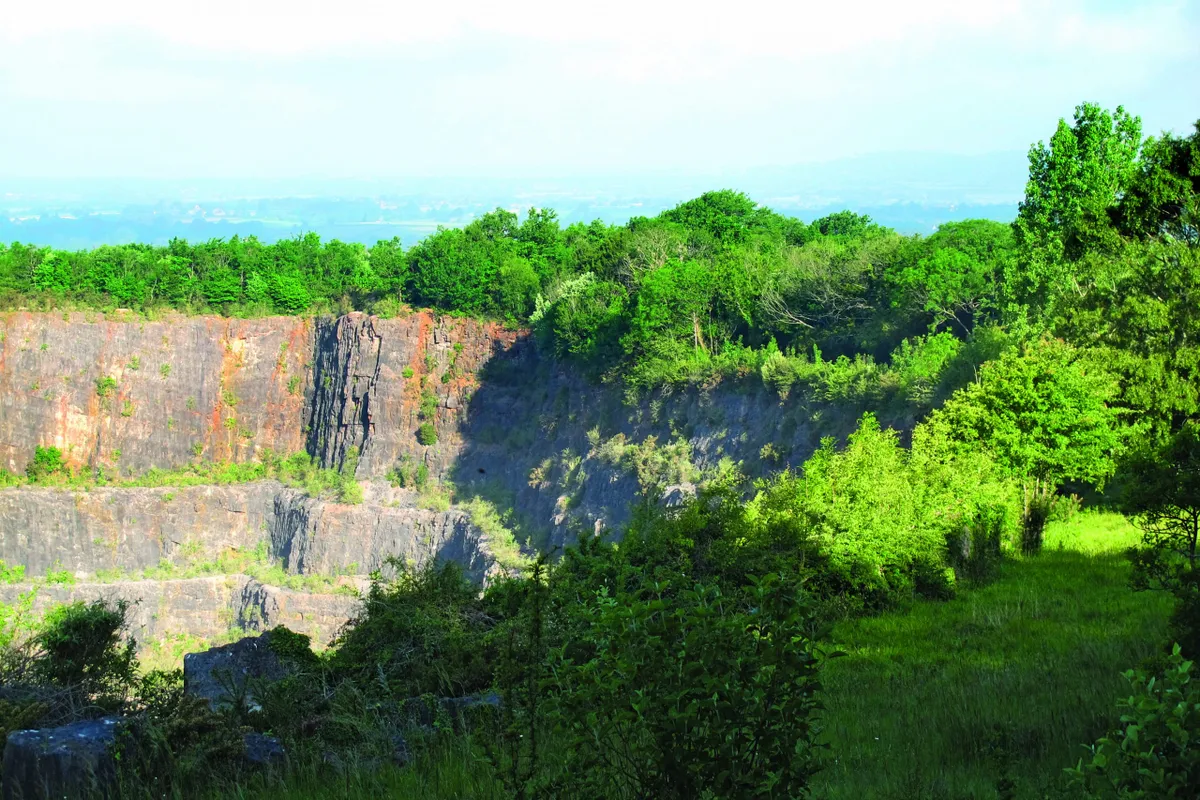
Quarries, like other industrial sites, may not sound instantly promising places to seek out the wild and tranquil; they carry an air of peril. Those near my Somerset home are sensibly fenced off to keep people safely away from their precipices and other hazards. But these great gouges in the landscape are often fringed with woods. Once private, many of the woodlands are now open to the public. Volunteers have been busy laying new paths through the trees and making micro-habitats for wildlife: thinning out the ash and sycamore to bring light to the woodland floor, digging ponds and restoring meadows. Orchids bloom and overhead, buzzards make their lonely cry; by night the woods are alive with snouting badgers, and the quarry echoes with owl calls.
All around the UK, former industrial sites and their margins – canals, former mines and railway lines – have been turned into green spaces like this. To find one near you, go to wildlifetrusts.org/visit.
Pond dipping, Chipping Sodbury
Tim Bates, art editor
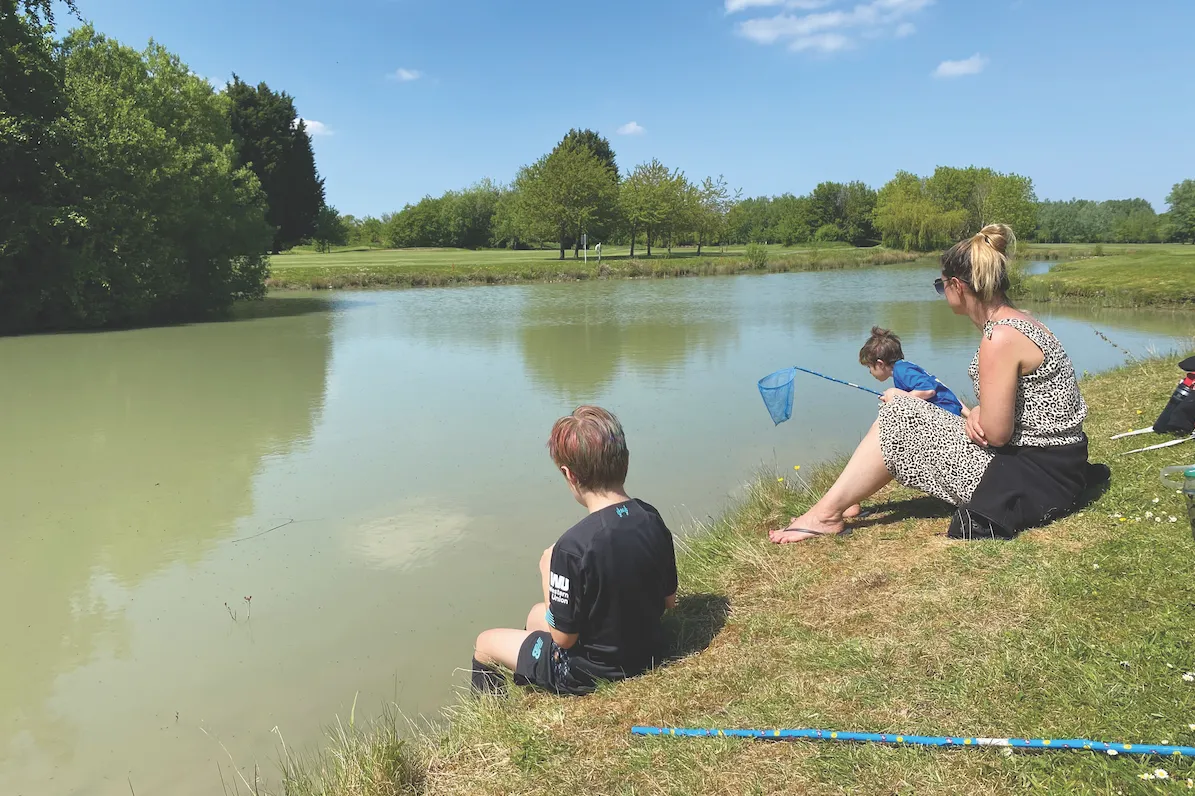
As parents to two young boys, our normal lives are hectic, so lockdown has given us a chance to really slow down and appreciate our local area. We’ve made lots of new discoveries as a family, our favourite being the local golf course – no shouts of “fore!” but a peaceful wildlife haven.
We saw jays, woodpeckers, rabbits and squirrels, but the most fun was found by the water hazards. Four large pools teemed with life, with coots patrolling through reedbeds and damselflies hovering around beautiful iris blooms. The boys’ favourites were the tadpoles – hours were spent waiting for these creatures to appear from the weeds below so they could scoop them up. Much to my five-year-old’s delight, along with the tadpoles came lots of other weird and wonderful creatures, including the alien-like damsel nymph. We’ve created lasting memories, and the boys are fascinated watching the tadpoles undergo their incredible metamorphoses. As Ellie Harrison wrote in her column last month, it’s a shame these golf courses aren’t open to all.
Wild garlic woods, Cardiff
Margaret Bartlett, production editor
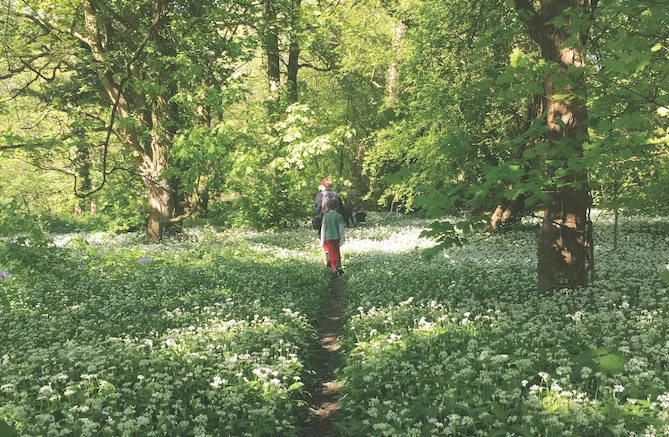
Living just two blocks from Cardiff’s glorious Bute Park – with the Taff River running through its heart – has made the lockdown far less onerous for our little family of three. Once the grounds of Cardiff Castle, this glorious 52-hectare park is just one of the many legacies of vast wealth amassed through coal exploitation to be found in the Welsh capital. We thought we knew all its delightful nooks and crannies, having walked, biked and enjoyed ice creams here so often, but one gloriously warm, still afternoon we turned down a path we’d never walked before.
In contrast to the floods earlier this year, weeks of dry weather had seen the river run low, revealing inviting, pebbly riverine beaches. Searching for a way down to one of them, we took the narrow, left-hand fork in the path leading to the riverbank, instead of the wider right-hand path through the trees, and immediately felt silly that we hadn’t explored this secluded route before. We were in Blackweir Woods, part of a wildlife corridor stretching from the Brecon Beacons right down to Cardiff Bay. Complete with bat boxes high in the trees, flitting butterflies, bright birdsong, delightfully fragrant swathes of wild garlic just coming into flower and mixed woodland arching over the banks of the river, it felt we were in the deepest countryside rather than an urban park.
We found several paths leading to the pebbly shores and we’ve since done our share of stone skimming and salmon spotting, even though detritus from the devastating flooding still littered the banks – torn plastic bags wafted from overhanging branches, sun-bleached rubbish was scattered on the river stones, a twisted, decaying mattress lay wedged against a tree trunk. We vowed to come back with gloves and rubbish bags to do our bit to clean-up, and declared it our new favourite place to explore. So on your next walk, be curious and take the path less travelled.
Beauty and the beast, Bristol
Laura Phillips, deputy art editor
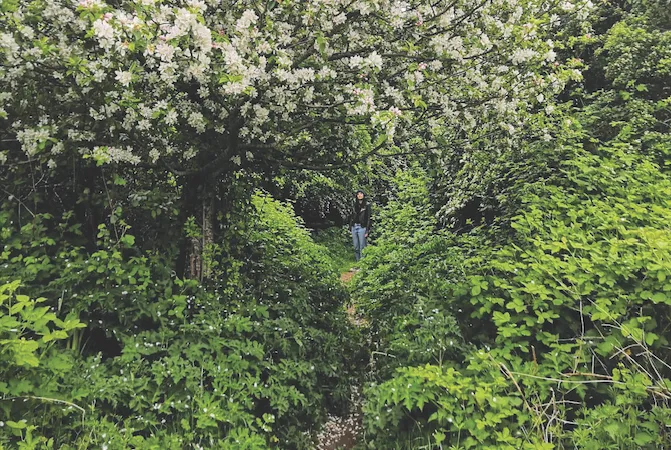
Working from home has its pros and cons; one major con was that my daily walk to work of around 45 minutes was no longer. I decided a short walk to stretch the legs every lunchtime was going to be essential. However, from day one it was clear that everyone else at my local park had the same idea and, while it is close and beautiful, I desired a less popular location.
This lead me to walk in the opposite direction, towards a local trading estate. Shock horror – it seems people don’t want to walk in ‘ugly places’! But the stillness of this normally busy location brought some calm to my day; the soundtrack was now birdsong instead of heavy vehicles and industrious humans. My wanderings around the trading estate led to the discovery of a hidden gem behind it, a mini haven – a tiny nature reserve tucked between suburban streets. Drawn in by the sound of a babbling brook and the smell of wild garlic, I was overjoyed to find this secret spot with no people around and just the trees and birds for company.
This is now one of my regular daily walks. I’ve foraged for wild garlic here and walked every single path of it. I’ve noticed a few more people in the reserve as the weeks go by, so it seems other locals have also been exploring and are enjoying the discovery of this little suburban oasis. My tip is to not ignore the ‘ugly places’, as they may lead to hidden beauty.
River vista, Bristol
Daniel Graham, section editor
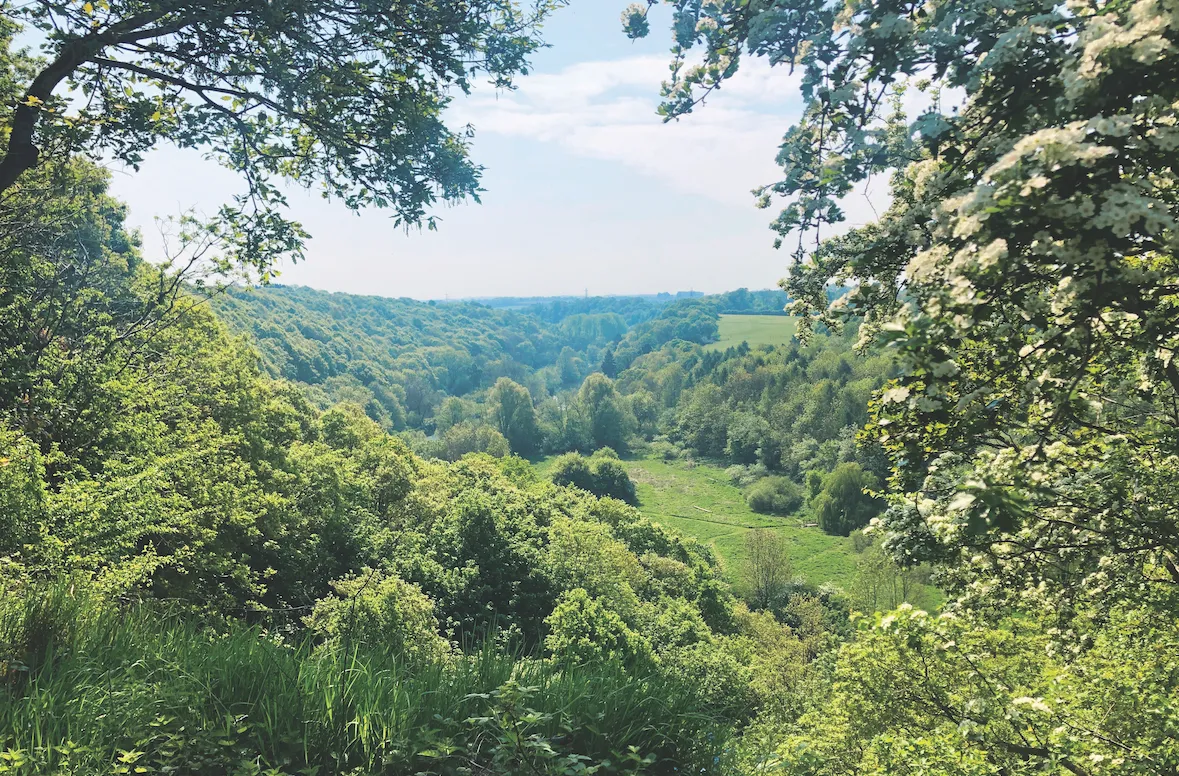
Since moving to east Bristol about a year ago, I have spent many evenings and weekends exploring the local parks, paths and reserves, in particular those surrounding the River Avon a few minutes from my house. I thought I knew the banks of this watercourse well – the heronry in East Wood, the kingfisher perches – but over the past few weeks, with a little more time to explore, I’ve realised just how much remains to be discovered.
I’ve found myself straying from familiar ways and, as a result, have made some astonishing discoveries, the most poignant of which was a viewpoint at the lip of the valley in Conham River Park. I’d never seen the Avon from this angle before and it has altered my perspective of the river forever. On your next walk, make a point of turning down a road or footpath you’ve not explored before – you never know what you might find.
